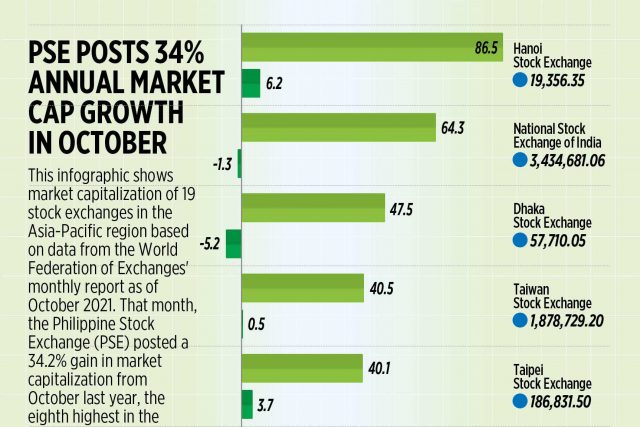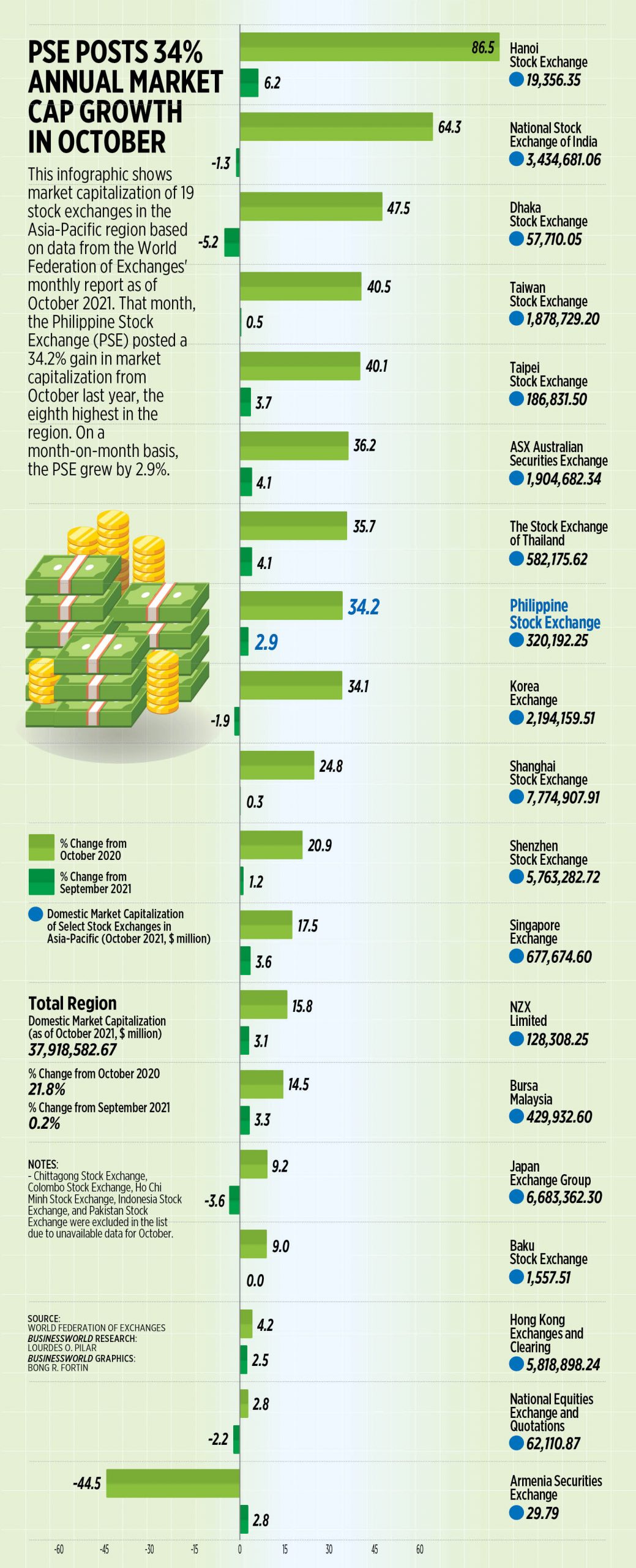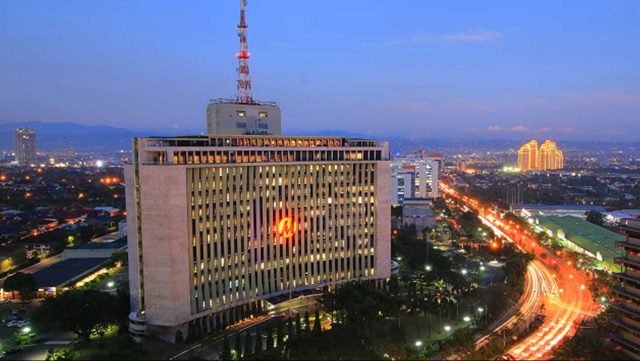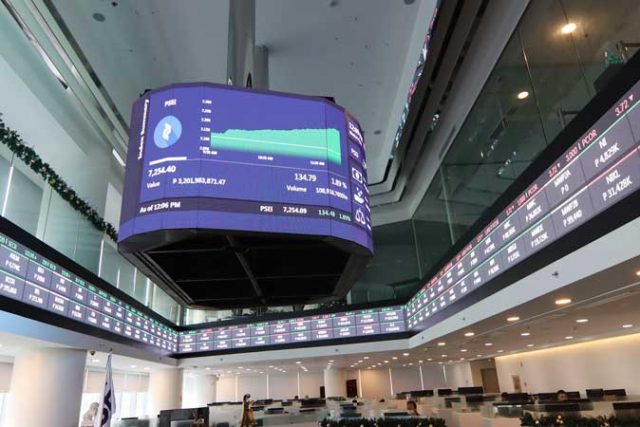Samsung plans $17-billion Texas chip plant, creating 2,000 jobs
SAMSUNG Electronics Co. outlined plans for a $17-billion US semiconductor plant that will add more than 2,000 jobs, widen the South Korean giant’s foothold in Texas, and bolster its role as a vital supplier in the global manufac-turing supply chain.
“Increasing domestic production of semiconductor chips is critical for our national and economic security,” US Commerce Secretary Gina Raimondo said in a statement on Tuesday lauding the deal. White House officials also said they welcomed the investment, saying in a statement that it would help “protect our supply chains” and boost domestic manufacturing.
The project will create more than 2,000 jobs, Texas Governor Greg Abbott said at a press conference announcing the plans. Samsung also said that the plant would indirectly create thousands of additional jobs once it was operational. “The implications of this facility extend far beyond the boundaries of Texas,” Mr. Abbott said. “It’s going to impact the entire world.”
Korea’s largest company will build the facility in Taylor, Texas, about 30 miles from Austin, where Samsung has invested billions in a sprawling complex that already houses more than 3,000 employees and fabricates some of the country’s most sophisticated chips. Construction on the new plant is slated to start in the first half of 2022, and production will begin in the second half of 2024.
On Tuesday, Mr. Abbott touted Texas’s low taxes and talent pool as major draws for tech companies, and called Samsung’s decision to invest in the state “a testament to the economic environment that we have built.” Samsung could also receive $3 billion in incentives from the $52-billion bill known as the CHIPS Act if it passes, Texas Senator John Cornyn said Tuesday.
Samsung executive Kinam Kim said that the company’s decision to build in Texas was based on several factors including incentive programs, local talent and “infrastructure readiness and stability.” Infrastructure is particularly important for chip operations, which need a stable supply of power. Earlier this year, a cold snap in Texas forced Samsung and other companies to pause operations. But Mr. Abbott has sought to reassure businesses that power outages won’t happen again, and that the state is now producing more power than it was earlier this year.
Samsung joins Taiwan Semiconductor Manufacturing Co. in making substantial investments in the US. The new facilities further the Biden administration’s goal of safeguarding the production of cutting-edge chips that are vital to defense as well as technologies like autonomous cars. It’s part of Washington’s broader effort to counter China’s rising economic power, as well as lure home some of the advanced manufacturing that in past decades has gravi-tated toward Asia.
A global shortage of chips this year has exposed imbalances in the industry and prompted governments from Brussels to Tokyo to court TSMC and Samsung — the two companies that make most of the world’s most advanced chips for clients like Apple, Inc. and Nvidia Corp.
“Samsung’s new plant will help narrow the gap with TSMC’s production capability by making chips at the clients’ home,” said Kim Sunwoo, an analyst at Meritz Securities. “As the US prioritizes domestic chip manufacturing, the company will be able to receive various benefits with its production base in the country.”
Neither the new Texas project nor TSMC’s $12-billion Arizona expansion are likely to alleviate chip shortages immediately. But their construction could lay the groundwork for a future American-centered chip ecosystem by at-tracting and training the component suppliers that typically spring up around such operations.
In June, President Joseph R. Biden, Jr. laid out a sweeping effort to secure critical supply chains. His administration has repeatedly voiced the need to increase semiconductor production in the US, saying that was the best way to compete with China and mitigate disruptions like those stemming from coronavirus disease 2019 (COVID-19).
Samsung spent months reviewing different sites and incentive packages before landing on Taylor. Samsung’s de facto leader, Jay Y. Lee, who walked free just months ago after serving time for corruption, greenlit the project af-ter a recent trip in the US where he met with prospective clients and partners from Alphabet, Inc.’s Sundar Pichai to Amazon.com, Inc. and Microsoft Corp.
The local government pulled out the stops, including waiving 90% of property taxes for a decade, and 85% for the following 10 years. The project could potentially receive additional tax breaks because it’s in a federal opportuni-ty zone, a program designed to spur investment in poor areas.
“Samsung is targeting American customers aggressively,” said Jeff Pu, an analyst with Haitong International Securities Group. — Bloomberg















